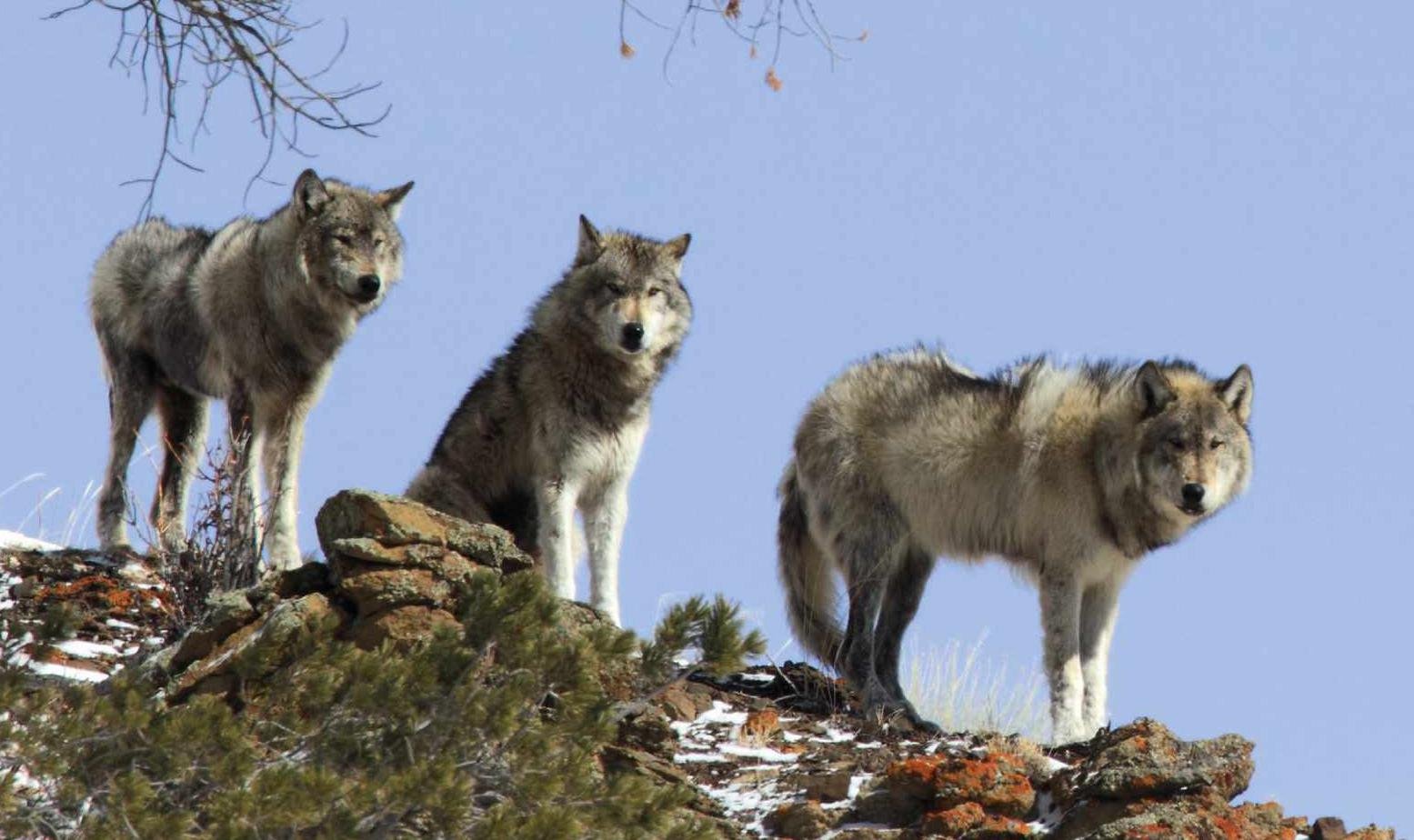Parasitised wolves are more likely to become leaders of the pack as their behaviour is forced to change


Yellowstone: The Art of America. The role of art in its creation.
MANY PARASITES MANIPULATE THE behaviour of their hosts to their own advantage. Few, though, help their victims rise up through the social hierarchy. But that is exactly what happens when wolves become infected with a common parasite.
Toxoplasma is a single-celled parasite that spreads through contact with the faeces or meat of an infected animal. It can only reproduce sexually in members of the cat family, but can proliferate asexually in most mammals, including humans, where it induces changes in behaviour. “It seems to mess with hormone levels in the brain, which increases risk-taking behaviour,” says Connor Meyer of the University of Montana. This is thought to increase the chances that an animal will end up being eaten by a cat, which would allow the parasite to complete its life-cycle.
Working in Yellowstone National Park, Meyer, co-lead author of a Communications Biology study, found that this approach to life results in Toxoplasma-infected wolves being 46 times more likely to become pack leaders compared to uninfected ones. The wolves are not necessarily benefitting from infection: “What we don’t yet know is whether they are successful pack leaders,” says Meyer.
A gung-ho attitude is also likely to get infected animals into trouble in other ways. “Hyenas infected with Toxoplasma are more likely to be killed by lions,” says Meyer. Yellowstone doesn’t have any cats big enough to take wolves. But that wasn’t always the case. “A few thousand years ago, we’d have had the North American lion here, so the downsides may have been more obvious.”

Conor Meyer of the University of Montana studies Yellowstone’s wolves